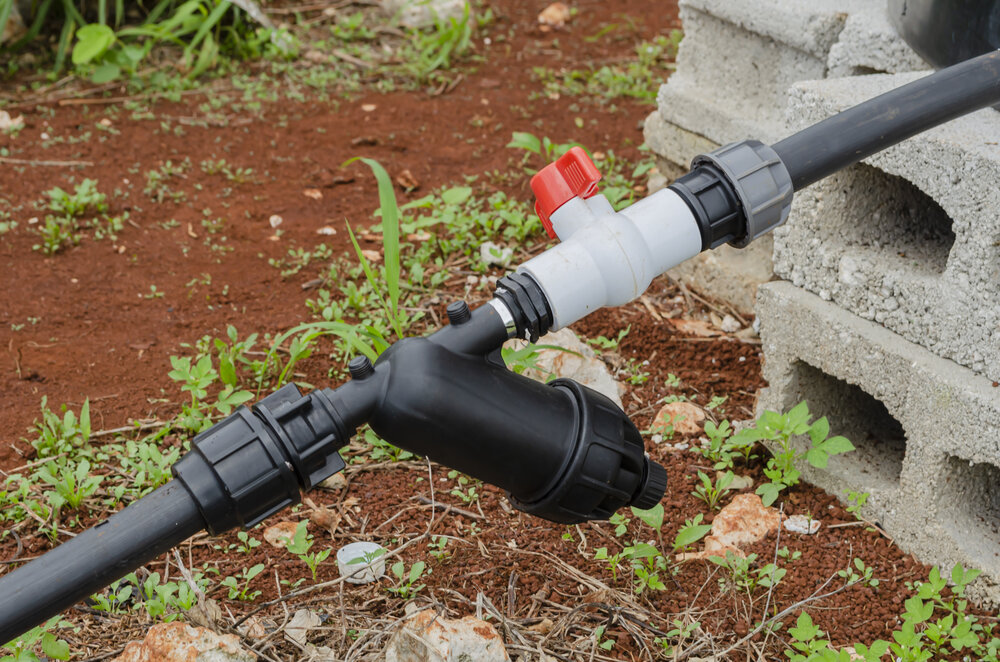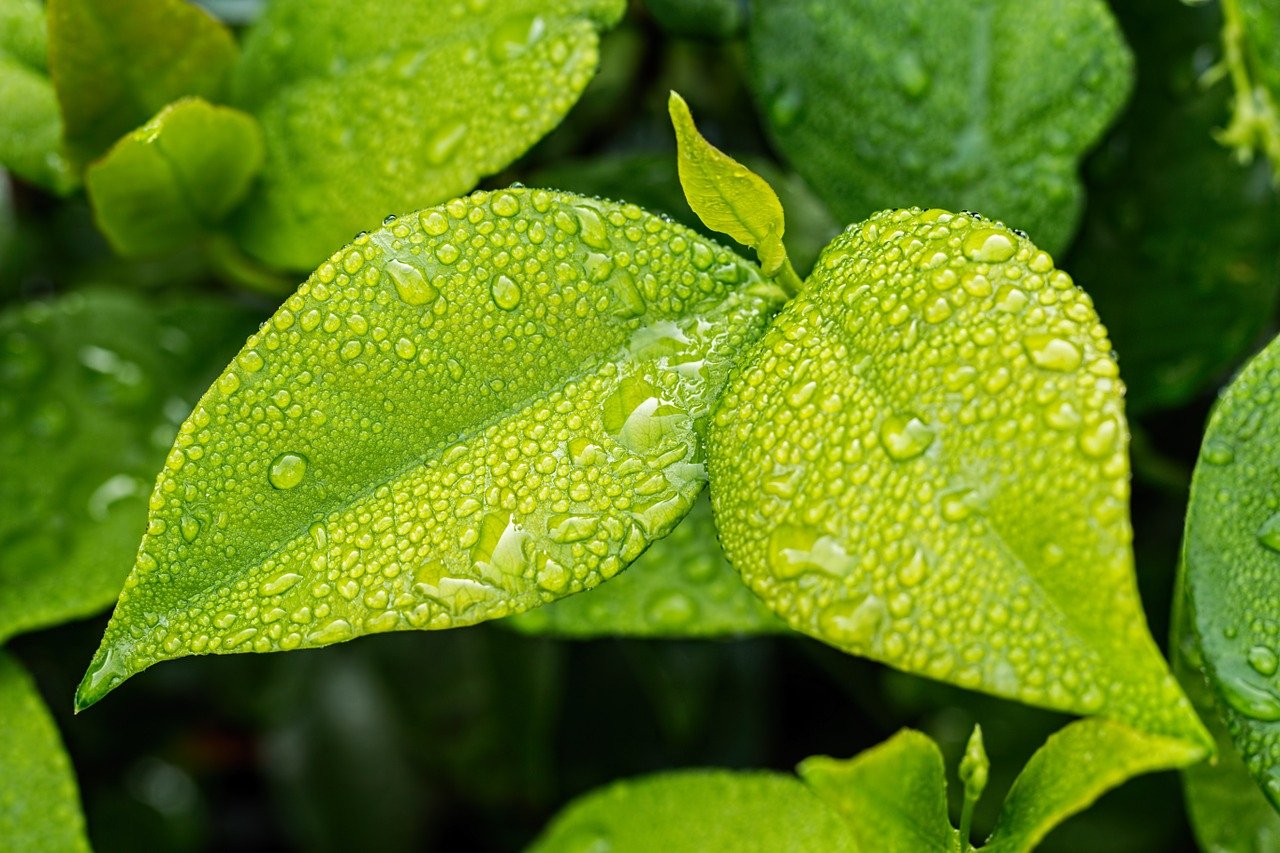Like most mechanical, pneumatic, or hydraulic items, a drip irrigation system requires maintenance from time to time. Part of that maintenance is the cleaning of its filter.
The filter in a drip irrigation system is there to capture any sediment within the water, thus preventing a possible buildup further down the line. Cleaning the system's filter is something that should be done on a monthly basis. If you would like to know more about the best way to proceed, please read on.
Types of Drip Irrigation Filters
There are three basic types of drip irrigation system filters, They are:
- Cyclonic Filters (Centrifugal separators)
- Screen and Disc Filters
- Media Filters
Depending on the system's size and what you are irrigating (crops, flowers, shrubs, etc.), people may resort to installing a combination of filters to do the job effectively. Let's take a look at each filter type in turn.
Cyclonic Filters
The good thing about cyclonic filters is that they don't need much in the way of maintenance. They do, however, require regular flushing. You can judge how often this flushing needs to occur by evaluating the amount of sediment in the incoming water supply, what volume of water is being used, and the collection chamber's capacity at the bottom of the filter.
The release of any sediment can be handled manually or automatically. When done manually, the valve at the bottom of the filter needs to be opened and closed at regular intervals. You can buy electronic valves with timers that can open the bottom valve automatically.
If using electronic valves, it is recommended to check they are operating correctly every other day during the growing season.
Screen and Disc Filters
Screen filters use nylon strainers or bags, and these need to be removed and checked from time to time to ensure no small holes have developed. It is the flush valve that controls the flushing of the screen filter. This is something that can be operated either manually or automatically.
Ideally, pressure gauges should be installed before and after the filter. If the pressure between the two gauges drops 5-psi, it indicates that flushing is required.
In the case of automatic filters, they use a device known as a pressure differential switch to detect any pressure drop across the filters.
Sand Media Filters
Where sand media filters are concerned, the most important requirement is setting the black flush adjustment valve. Should the rate of blackflow be too high, any sand filter media will get washed out of the filter container. If, on the other hand, the rate of backflow is too low, any contaminating particles will not get washed away.
The water quality or chemistry and any bacterial growth present can result in any sand media clotting. This clotting will create channels in the sand, allowing contaminated water to pass into the irrigation system without being filtered out. The best way of preventing the clotting of sand media is through chlorination.
Evaluating Clogging Problems
The most common way of assessing the seriousness of clogging problems is to site a container under the chosen emitters. The flow rate from emitters in different sections of the system should then be compared against the original design flow rate. Where a clogging problem exists, crops can become stressed through emitters being clogged by manganese oxides.
A drip irrigation system's overall condition can be fairly readily assessed by regularly checking system pressures and flow rates. When emitters get clogged up, the system pressures will typically increase while the flow rate will decrease.
The Need to Flush Lines and Manifolds
Despite having filters in drip irrigation systems, tiny particles will still get into the flow and eventually clog the emitters. If the water flow rate is sufficiently high and the stream is turbulent, these small particles will remain suspended.
However, when the water flow velocity slows, and the stream becomes less turbulent, the particles will begin to settle, which normally happens at the far ends of the lateral lines. Unless the system is flushed, the emitters will clog up, and the system will eventually fill from downstream to upstream with sediment. It means that systems need to be designed with mainlines, manifolds, and laterals that can be flushed.
The mainlines and manifolds can be flushed using a valve installed at the end of each line. The lines themselves can be flushed either manually or automatically. During the growing season, this is something that needs to take place every fortnight or earlier.
Ferrous and Manganese Bacterial deposits and Injecting Chlorine
The worst bacteria problems happen in water that contains concentrations of ferrous or soluble iron or manganese. Where these concentrations become higher than 0.1 ppm, bacterial growth and chemical precipitation will be encouraged, which will clog the emitters. Bacterial growth originating from iron will be reddish in colour, while bacterial growth from manganese will be black.
Injecting Chlorine into an irrigation system is a known way of dealing with this type of problem. However, if the water contains manganese, it can cause the Chlorine to oxidise, resulting in precipitation forming after the filter system.
Iron bacteria are difficult to eliminate, but they can be controlled through chlorine injection, although it might also be necessary to inject Chlorine and acid into the system upstream from the filters.
Injecting Acid into an Irrigation System
Where clogging is caused by calcium carbonate and the precipitation of magnesium, it will be necessary to inject acid into the system. Various acids, including acetic acid, phosphoric, sulphuric, and urea-sulphuric acid, can be used.
The type of acid most often used in drip irrigation is a 98% sulphuric acid solution. Where the crop is organic acetic acid is preferred, although, of course, it is more expensive. It is usual to inject the acid after the filter so that the filter is not compromised. If, however, the filter is made from corrosion-resistant polyethylene, then the acid can be injected in front of the filter.
Source: untitled (tamu.edu)


